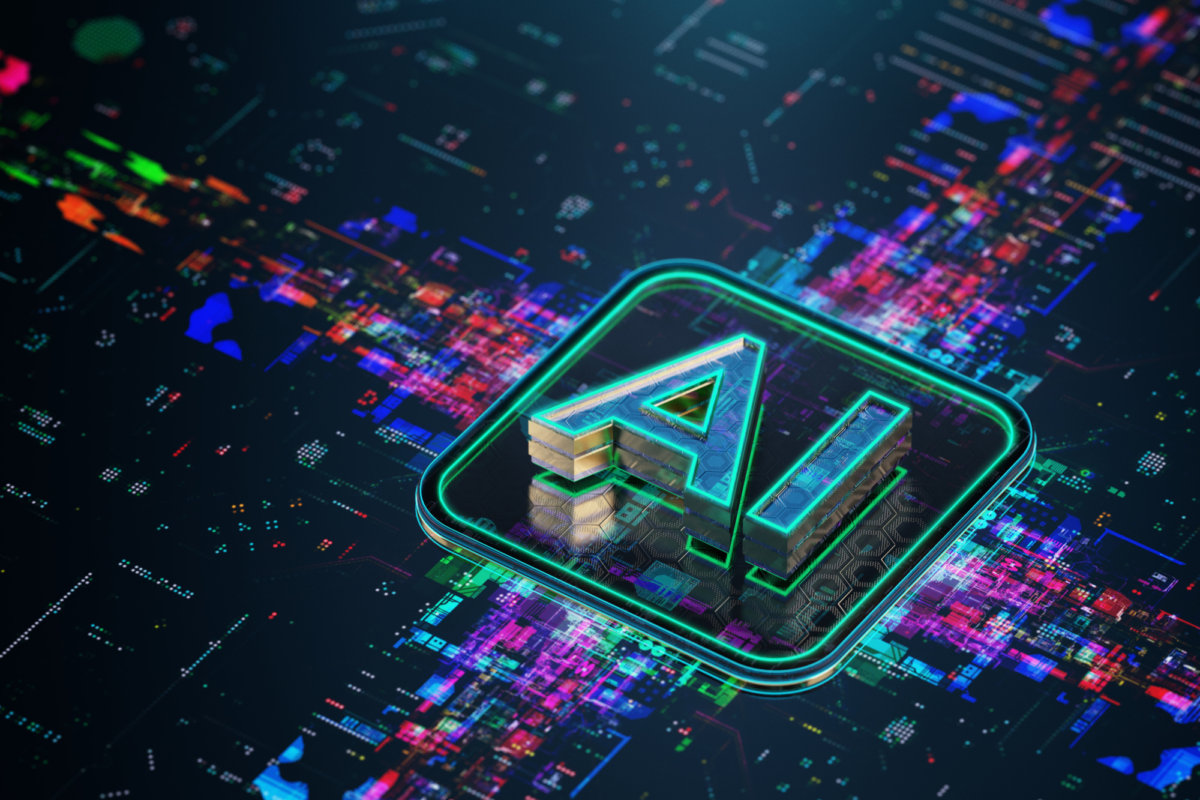Generative AI (GenAI) has dominated the conversation over the past year, thanks to its rapid and transformative growth. It’s considered one of the most significant technological advancements since the launch of the smartphone in 2007. Much like the internet and social media, AI presents a substantial opportunity for companies, enterprises, and service providers.
Forrester, a leading global market research company, predicts that GenAI will grow at an impressive compound annual growth rate of nearly 36%. By 2030, GenAI is expected to account for $124 billion in spending, representing 55% of the overall AI software market.
In a recent session of Ansira’s monthly webinar series, special guest speaker Forrester VP, Principal Analyst Jay Pattisall discussed Forrester’s report, “Advance GenAI Marketing From Pilot Projects to Proficiency.” The report examines the barriers to GenAI adoption and offers a framework for marketers to scale GenAI effectively.
“If you think about it in terms of Google, Facebook, or Amazon’s install base, we’re talking about 2 billion users that could have access to generative AI-powered functions, technology, tools, and algorithms,” said Pattisall. “Without a doubt, it will change the way that consumers experience media and find information, and it will change the way companies work.”
Despite the excitement and potential of GenAI, companies face several challenges in adopting and integrating this technology.
The GenAI Adoption Challenge
Forrester began tracking GenAI adoption among organizations in Q1 of 2023, shortly after the introduction of ChatGPT. At that time, 19% of marketers reported using GenAI in their marketing efforts. This number rose to 56% in Q2 but fell to 26% by Q4.
“That drop really illustrates the complexity of integrating or incorporating this technology as part of everyday work, and it represents that experimentation was easily achievable, but the integration of the technology into day-to-day workflows became much more complex,” said Pattisall.
To help organizations overcome these barriers, Pattisall highlighted several common challenges and offered insights into addressing them.
Barrier 1: Viewing GenAI as Efficiency Only
While GenAI can enhance efficiency by speeding up processes and reducing costs, viewing it solely through this lens limits its potential. Advanced use cases, such as optimizing marketing content, enhancing customer experience, discovering new revenue opportunities, and scaling content and campaigns, should be prioritized. Moving beyond cost-efficiency allows organizations to leverage GenAI’s full capabilities.
Barrier 2: Siloing the Experience
A Forrester survey found that 61% of B2B marketing executives cited limited GenAI adoption due to silos or lack of experience among team members. Concentrating knowledge and expertise in a small group can hinder broader organizational adoption.
“To get out of the silo, you’ve got to build team-wide AI literacy,” said Pattisall. “The right amount of exposure to the technology, the right amount of training, finding certification programs with your tech partners, are all ways that you can get around this and start to create more knowledge, experience, and comfort with the technology.”
Barrier 3: Regulatory Issues
Regulatory uncertainty has made many organizations hesitant to adopt GenAI widely. Proactively establishing guidelines for transparency, tool selection, accountability, and acceptable use cases helps organizations react more effectively to regulatory changes.
“It’s hard for companies to make judgement calls about what policies to set when the regulatory environment is in flux,” said Pattisall. “I think it’s really about establishing guidelines for transparency and tools and selection in a way that anticipates what the regulatory environment will be, and I think that means being more conservative than less.”
Barrier 4: Mitigating Unapproved GenAI Tools
Employees eager to use GenAI in their daily workflows may resort to rogue tool use if official company protocols are too restrictive. This can hinder adoption and compliance. Setting clear guardrails for responsible GenAI experimentation and usage ensures brand safety, customer privacy, and ethical practices.
Barrier 5: Employee Concerns
Concerns about automation and AI replacing jobs are common among employees. However, Forrester data shows that GenAI augments or enhances five times more jobs than it replaces.
“This is something that companies can really lean into. With their excited employees, give them the rules and regulations so that they can use the technology and experiment appropriately. For employees who may be concerned, give them a vision of enhancement and not replacement,” said Pattisall.
Embracing GenAI
Embracing GenAI means doing more with more. Humans will always pilot the journey, but AI can be the co-pilot, accelerating progress. The destination remains in human hands, but AI offers unprecedented support in reaching if faster and more efficiently.
By overcoming these barriers and leveraging the full potential of GenAI, organizations can transform their operations, enhance customer experiences, and achieve new levels of productivity and innovation.
If you’re ready to harness the power of AI-powered tools but aren’t sure where to start, contact us today. Using our Empathy Intent Solution, our team of experts can guide you on your AI implementation journey while capturing the human connection.
This information was sourced from Ansira’s monthly webinar series. Click here to watch the recording.

